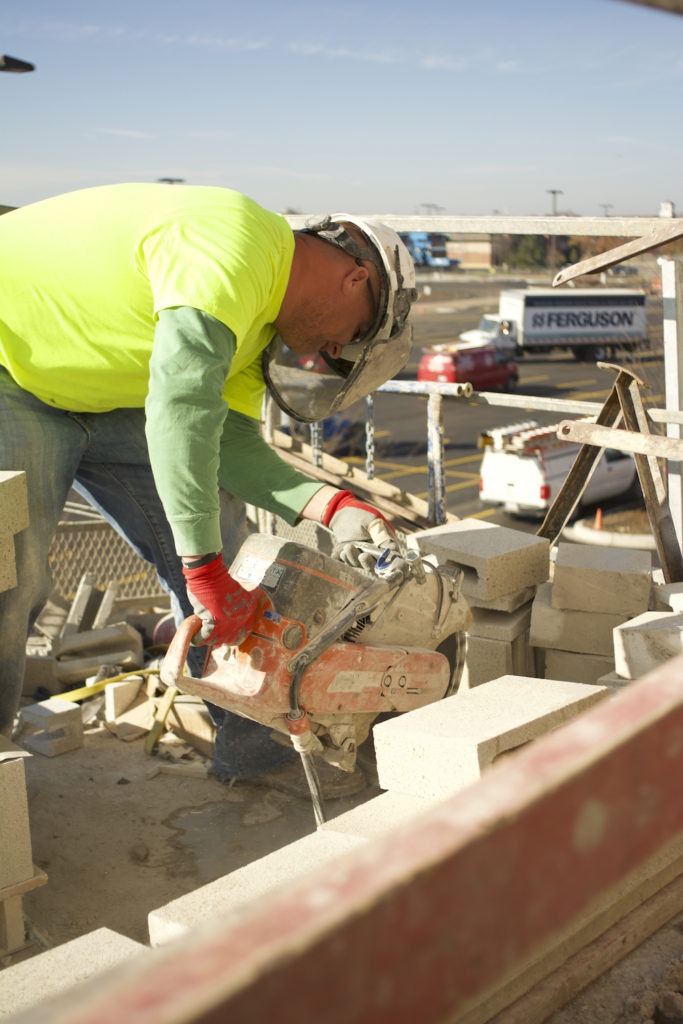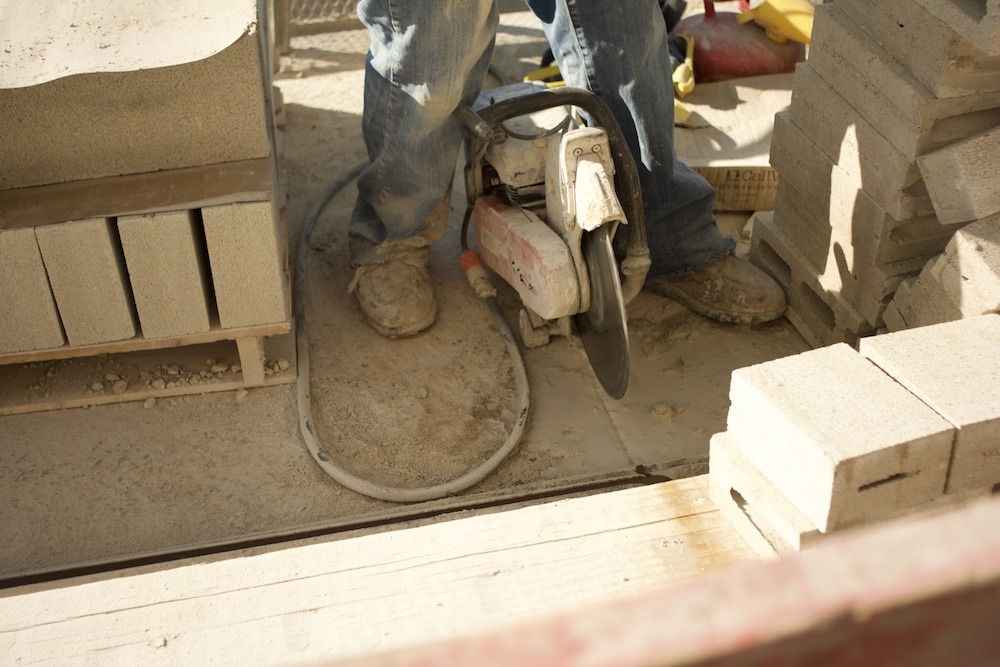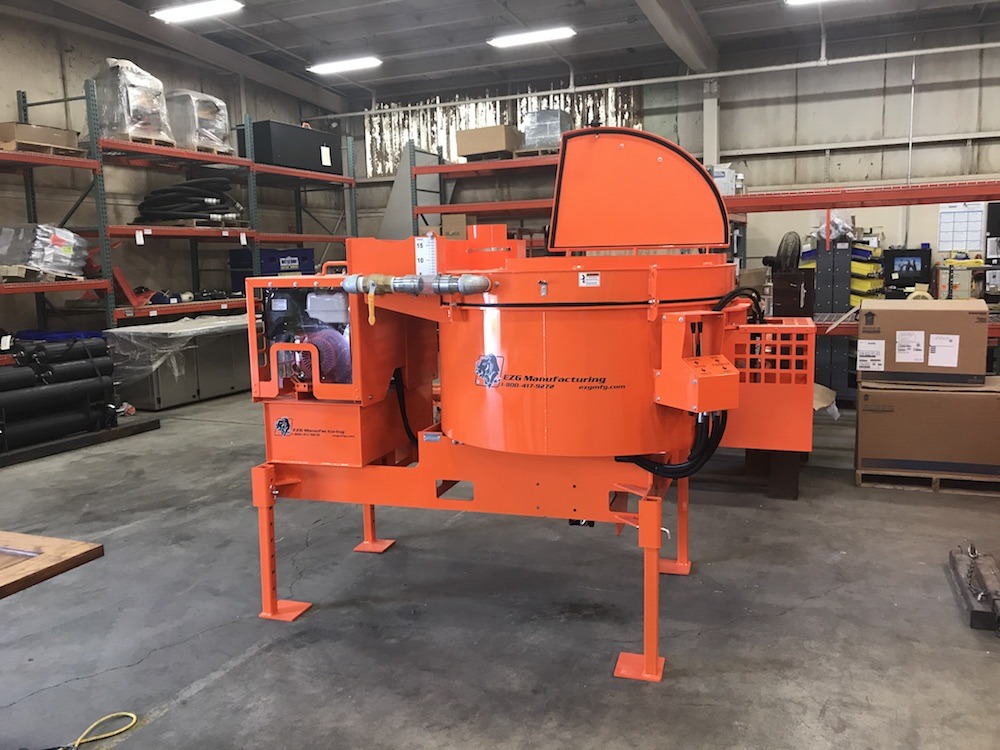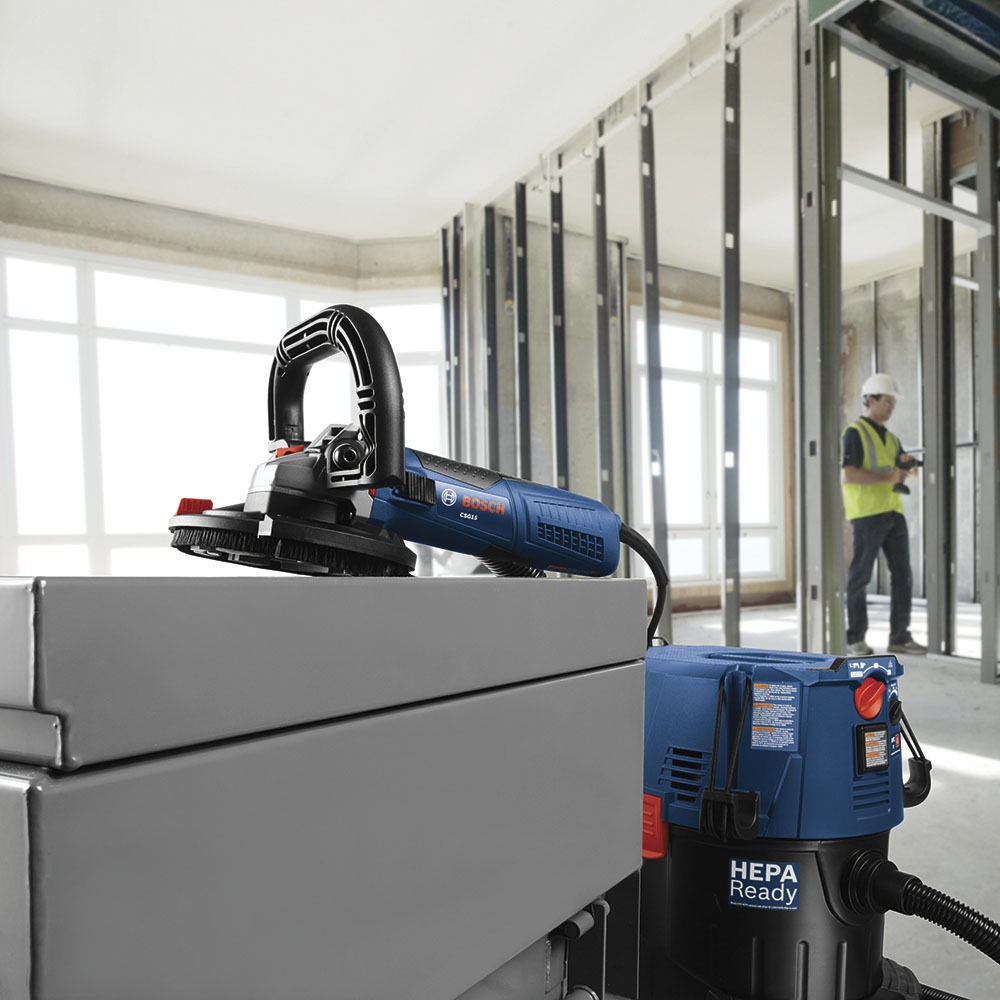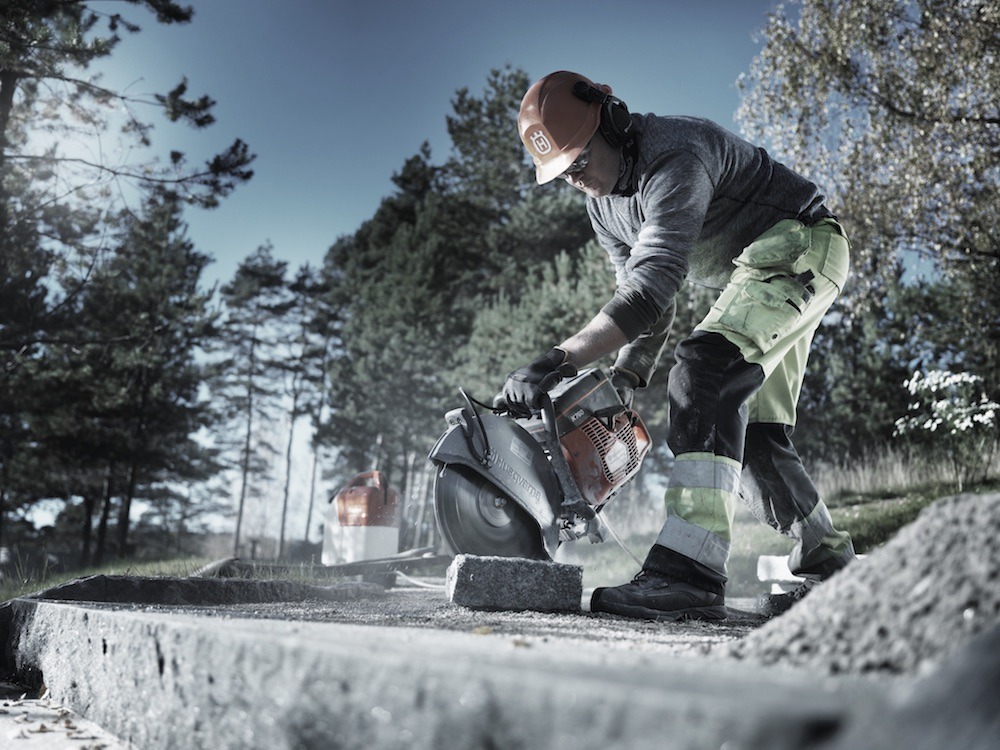In the mid-1930s, many things were measured in cents: loaf of bread, 8¢; gallon of gas, 10¢, pound of hamburger 11¢. The first concrete for the Hoover Dam was poured in 1933 and the last poured two years later. The country was clawing its way out of the Great Depression, and an Ohio farm with a house, barns, spring-fed water and 160 acres sold for $4,000. Babe Ruth hit his final home run, the 714th, and Labor Secretary Frances Perkins, the first woman appointed to the U.S. Cabinet, assembled a group of experts to study silicosis and its prevention.
Over the next few decades, dust in the workplace as a health hazard was evaluated, along with other employee safety issues. Studies and concerns culminated in the establishment of the Occupational Safety and Health Administration in 1971. Because of its emphasis on worker safety, fatalities and injuries have dropped significantly while employment has doubled. One statistic cites workplace injuries and illnesses to have been around 11 per 100 workers in 1972 and 3.6 per 100 workers in 2009. Besides focusing on safe conditions by creating and enforcing specific standards, the agency offers assistance through education and training opportunities. [See sidebar.]
OSHA concerns have addressed many on-the-job dangers like:
- Heat and cold hazards
- Bloodborne pathogens
- Crane and ladder safety
- Noise
- Ergonomics
- Indoor air quality
- Personal protective equipment (PPE)
- And breathing dust.
“As a brand, we believe information and preparedness is key from the production plant to the jobsite,” declares Joey Peters, Brand Manager – Masonry, Oldcastle Architectural/Echelon. “We are working closely with our industry associations to share information regarding these new regulations and encouraging our associates and their customers to take full advantage of certified courses on the subject. The MCAA, for example, has done an excellent job with its Train-the-Trainer courses detailing compliance measures for the new requirements.”
Meeting the new rule while maintaining productivity and efficiency is an important part of the working safely equation that has the attention of Pulse-Bac designers. “For contractors who are planning on following Table 1 of the new rule,
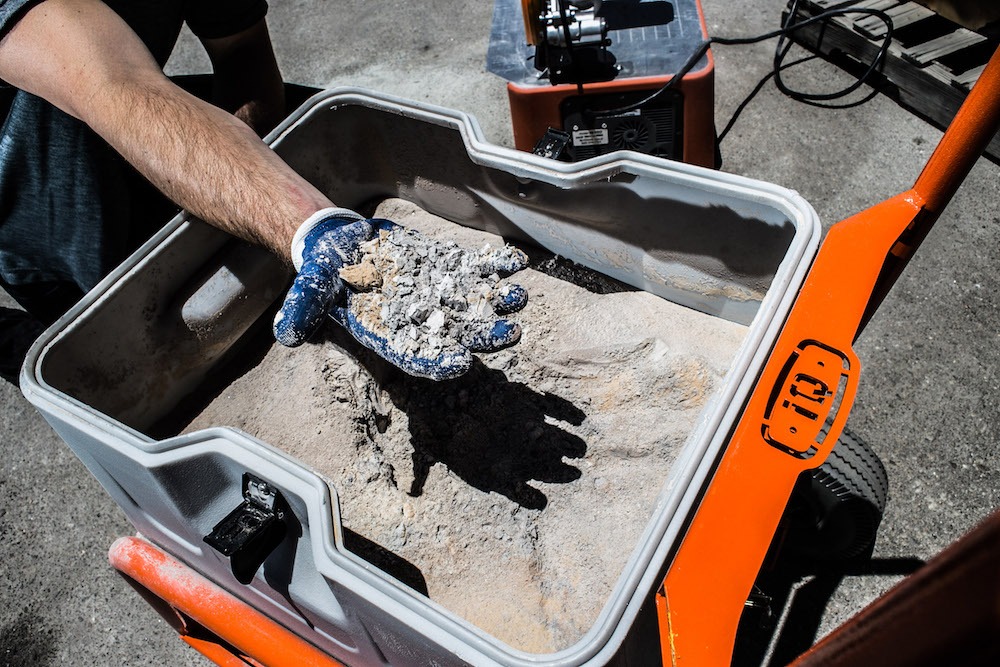
Pulse-Bac vacuums can play an important role,” explains Benjamin Kruse, Marketing Manager. “Many operations on the table require a dust collector with a filter cleaning mechanism. Pulse-Bac’s patented automatic filter cleaning mechanism means you don’t have to stop work, and there’s no extra weight from equipment like air compressors. It can be a fairly smooth transition as long as contractors get out ahead of it. Customers who have used other methods now prefer working with a dust collection system.”
According to Mark Michaels, Director of Product Management – Equipment, Americas, Husqvarna has recently released an OSHA Silica Compliance Guide. [See sidebar.] “The guide shows how our product lines can help comply with the applicable portion of OSHA’s Table 1. The site also contains Objective Data on specific products to supplement contractors’ written exposure control plans required in the new OSHA regulation. Our salesmen can help with on-site equipment training and customer and technical services departments are always available.”
Both North American Sales Manager Lyndon Kelsey and Midwest Rep Dave Sharamitaro with Pullman Ermator are proud to be part of their company’s focus on the silica ruling. “We have been preparing for this since June 23, 2016, when the update to the PEL limit was announced,” says Kelsey. “We began immediately with a training program to educate contractors and front line workers and started early last fall to take this to the streets.” Sharamitaro adds that they have presented this program more than 220 times and continue to do so. “We have worked to keep this program educational and not merely a commercial for our products.” [See sidebar.]
Many of the DEWALT Perform & Protect™ line of tools are designed to provide a high level of one or more of the following: control, dust containment or low vibration, without sacrificing performance. For a list of Perform & Protect™ drilling and grinding solutions that adhere to the new OSHA ruling on protections for workers exposed to respirable silica dust, Product Manager Nate Pellerin directs contractors and masons to the PDF [see sidebar] posted on DEWALT.com.
David Pellegrine, National Sales Manager for ArbortechTM, says that safety has always been one of Arbortech’s top priorities. “We feel these new rules will allow future masons to live healthier, safer lives.” Kevin Gee, Product Manager with Milwaukee Tool, concurs: “The new OSHA regulation on respirable crystalline silica dust is going to have an exceptionally positive impact on the overall health and safety of this nation’s tradesmen. We’re excited for the opportunities it opens up for our company to continue introducing new and innovative solutions to minimize exposure and promote better safety for our users.”
“We know we must accept and comply with it as it is written,” relates Damian Lang, CEO of EZG Manufacturing. “Innovation of new equipment and processes will help us meet the requirements. Knowing the rule was coming, we designed and now manufacture a pan style mixer that mortar, concrete and grout can be mixed while creating virtually no dust during the mixing process.”
“One of the problems that construction has always had is the difficulty in worker exposure assessment,” explains Don Garvey CIH, CSP, Construction Industrial Hygienist for 3M. “The construction industry is changing, and exposures are always a moving target. Table 1 is very innovative in that it says: If you do these specific things, if you fully and properly implement the controls that OSHA tells you to, you’re in compliance with the regulation. They’ve never done anything quite like that before.”
According to Steve Wilcox, Tool Brand Manager for Bosch Power Tools, his company “has created relationships with key industry leaders in silica education, along with partnering with 3M for respiration expertise to provide comprehensive training and education that helps workers identify the risks of exposure and what products are needed to ensure compliance. Training and education are available through an array of formats including online webinars, live training events, dust solution catalogs and a dedicated Bosch website. ” [See sidebar.]
“We are committed to providing our customers with high-quality building materials that meet all specified national and local industry guidelines,” Brian Carney, VP of SPEC MIX declares. “With a national network of world-class plants and technical centers, our product testing and quality-control standards are second to none. In addition, we work hand-in-hand with the MCAA and other industry associations to maintain best practices in developing, manufacturing and distributing our products.”
Positive Approaches
“This rule is a very positive step in the right direction for protecting workers in the masonry field. It will encourage manufacturers to innovate new tools that will increase worker safety and generate new manufacturing jobs and sales revenue for companies that develop the new technologies,” says Thomas Carroll, President of CS Unitec. “It will bring awareness and focus on a major issue, requiring manufacturers to step up and provide better tools that are compliant and create a safer, cleaner work environment. The technology exists to comply with the Silica Rule, and hopefully it will be embraced by the industry.”
James Walsh, Product Manager at Hilti, explains that Hilti has prioritized education before product from the beginning. “Our philosophy has been to become the subject matter experts first. Rather than flood the market with product offers and deals, we look to build a customized approach to business with these three phases.”
- Education — build and offer free resources that promote awareness of the silica standard including what has changed, ways to comply, webinars, medical information and more. [See sidebar.]
- Consult — Hilti account managers are available to help transition from general awareness to application-specific solutions; it’s a customized approach to help companies build a compliance plan based on the way each one does business.
- Product — After the first two steps above, it’s time to order products that allow compliance on your own terms. We offer a full line of OSHA 1926.1153 Table 1 compliant packages to provide new systems that are compliant or fit a current tool fleet with necessary components to become compliant.
“To increase a mason contractor’s level of jobsite productivity, safety, and efficiency, all our products are available in 3,000 bulk bags that can be mixed with any SPEC MIX Silo Material Delivery System,” Carney adds. “For interior or exterior work we offer gravity-fed silos, power-auger systems and continuous mixing systems that maximize manpower and profitability. We collaborate with our customers to select the right product for each job and encourage the proper certification for their use. As a result, our proven line of commercial-grade line building materials can be found on jobsites across the country every day.”
Closing Thoughts
“It’s changing the industry,” Joel Guth, President of iQ Power Tools observes. “Awareness has increased dramatically throughout the country, and people are realizing that dust is not good for them, and they need to do something about it. The MCAA is doing a really good job of promoting education through Train-the-Trainer programs and articles like these.”
Kelsey and Sharamitaro with Pullman Emator both express that the update to §29 CFR 1926.1153 is good for the industry. “The health threat of silica was identified 80 years ago shortly after the Hawks Nest Project. As an industry, we owe this to the workers in the same way that we enforce fall safety, trench collapse safety and PPE. Our industry workers have families and need to go home each day safely. This rule will save lives and be less expensive in the long run than the healthcare of those who would be impacted if it were not being enforced.”
“Crystalline silica dust is a dangerous material on every jobsite. It’s important to ensure workers are protected where this material is present,” says Bosch’s Wilcox. And Kruse points out another angle: “Dust collection and suppression technology has come a long way in recent years, making it easier to implement for many applications. It’s important to note that Table 1 of the standard really takes out a lot of the guess work.”
Oldcastle/Echelon’s Peters sums it up concisely: “With these new regulations, it’s critical that contractors take full advantage of the resources available so they can plan accordingly for future jobsites. Education is essential, and the industry has taken proactive measures to have everyone ready.”
Sidebars:
Online Resources – mentioned in this article
www.boschtools.com/proguard [Bosch Tools]
www.dewalt.com/en-us/jobsite-solutions/perform-and-protect/dust-solutions [DEWALT]
www.dust.us.hilti.com [Hilti]
www.husqvarnacp.com/us/silica [Husqvarna]
www.iComplySilica.com [Pullman Emator]
www.oshasilica.net [Pulse Bac]
Resources from OSHA:
www.osha.gov/Publications/OSHA3683.pdf
www.plan.silica-safe.org/ – “Create-A-Plan to Control the Dust”
www.osha.gov/dcsp/smallbusiness/consult.html
MCAA’s Train-the-Trainer Course
www.masoncontractors.org/education/silica-train-the-trainer-course
